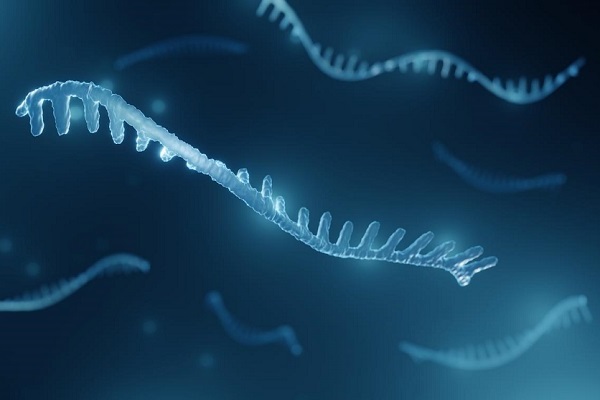
Oligonucleotide therapeutics such as ASO, si-RNAs, and aptamers are all emerging modalities for the treatment of many diseases.
From separation, purification and isolation, through characterization and analysis, we have prepared a series of webinars aimed at helping you to select the right strategy to navigate through your day-to-day challenges.
View the abstracts below, complete the short form, and watch the webinars of interest.
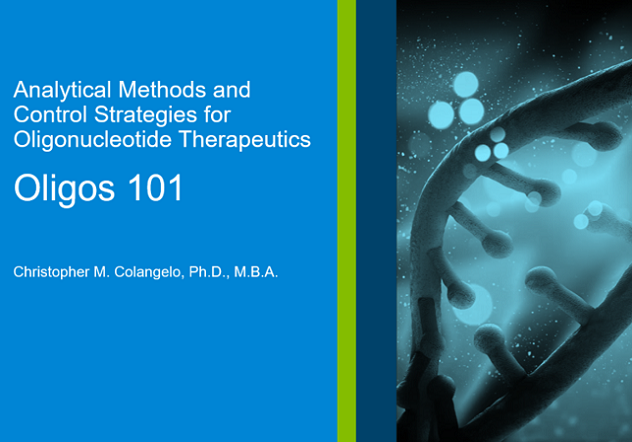
This presentation will provide a broad overview of analytical methods needed to support Critical Quality Attributes (CQA) characterization for oligonucleotides therapeutics. Utilizing the comprehensive set of Agilent analytical products and workflows, biopharmaceutical researchers can efficiently employ Quality by Design (QbD) approaches for their drug development.
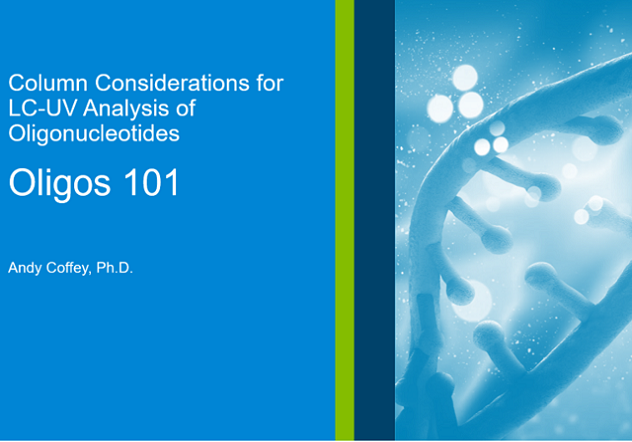
To ensure maximum resolution in the analysis of oligonucleotides it's important to balance the impact of the stationary phase with the ability to refine the method parameters. This presentation will focus on LC-UV approaches for ion-pair reversed-phase separations to improve your analysis.

For the analysis of complex biological molecules like oligos many people assume high-resolution MS is required. There is no doubt the TOF/QTOF will generate higher quality of data and offer many performance advantages, but for many users and applications the LC-MSD can generate fit-for-purpose results at lower footprint and cost.
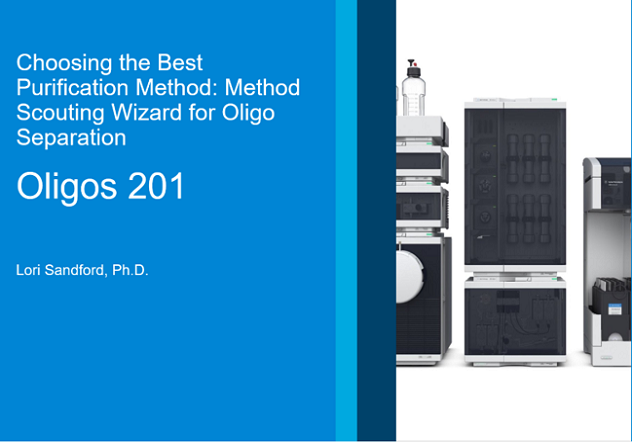
Synthetic ONs are a class of compounds that have gained increasing interest over the last few years because of their use in biochemical research and pharmaceuticals. The process of synthesizing ONs has become much more efficient since its implementation in the 1980s. However, even with 99% coupling efficiency, a 25mer ON synthesis will yield less than 80% of the desired product. Learn how to implement automated LC method development to obtain optimal purification and yield.
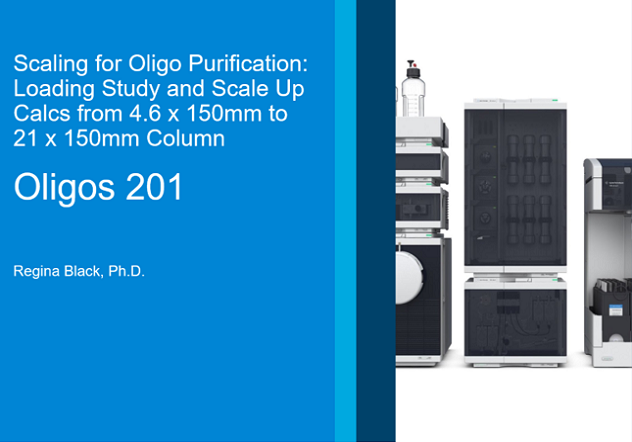
Once separation conditions have been identified, additional studies are carried out on analytical scale to examine the effects of concentration and/or injection volume on column loading, aiming for the best balance of purity, yield and throughput. With the help of a method scale up calculator, the optimized conditions can be transferred to columns of larger dimensions.
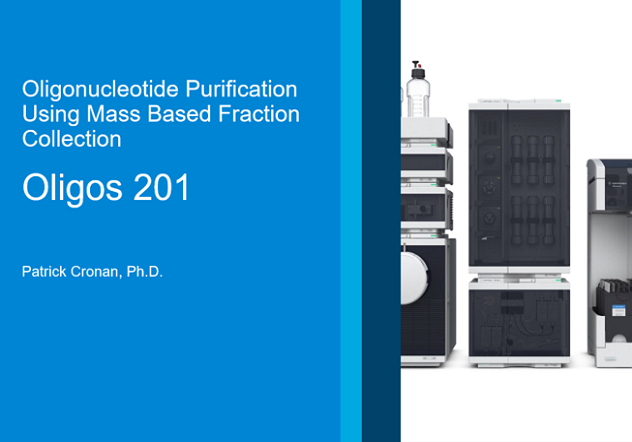
Using mass-based fraction collection can easily facilitate the collection of single-stranded RNA ON from complex mixtures. The 1290 Infinity II Preparative LC system features a binary pump that is capable of precise gradient mixing even at high flow rates, which improves reproducibility and confidence in the results.

With the increased resolution and mass accuracy, quadrupole time-of-flight (Q-TOF) instrumentation can distinguish co-eluting compounds by resolving peaks that are of the same nominal. The accurate monoisotopic mass measurements and high-resolution MS/MS spectra for target confirmation allow the Q-TOF systems to be used for the identification of unknown compounds and much more.
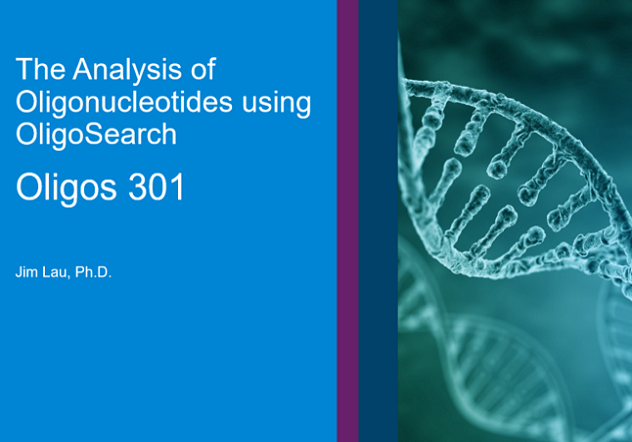
The analysis of oligonucleotides can be difficult because the synthesis and degradation of the intended products can also generate impurities. These impurities add to the complexity of oligonucleotide sample analysis and consequently, the annotation of these impurity species ( a critical step for R&D, process improvement, and reliability) can be very time-consuming. OligoSearch software simplifies this process.
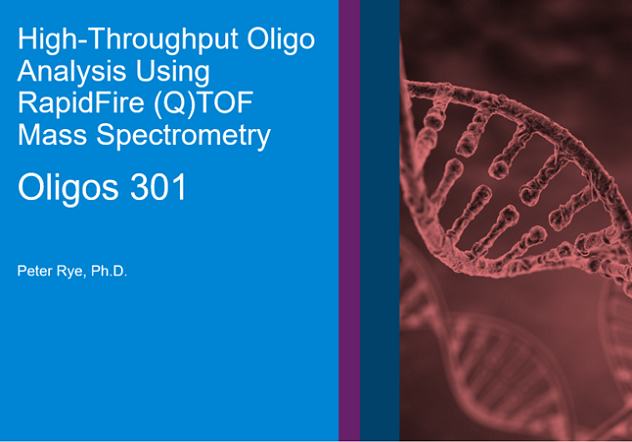
The RapidFire (Q)TOF MS system is well suited for high-throughput oligo analyses because it replaces chromatography with a quick in-line desalt, enabling a sample-to-sample cycle time of just 15 seconds. In addition to the speed capabilities of data acquisition, analysis, and review, this presentation will cover the reproducibility and versatility of the system, showing data on a wide range of oligos using both ion-pairing reverse-phase and HILIC-based methods.